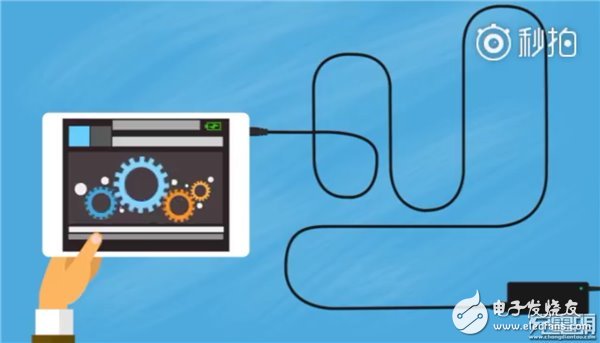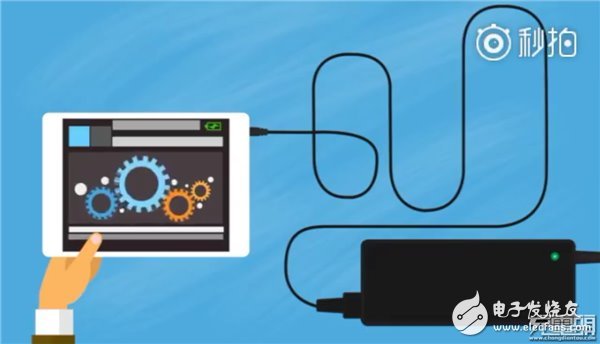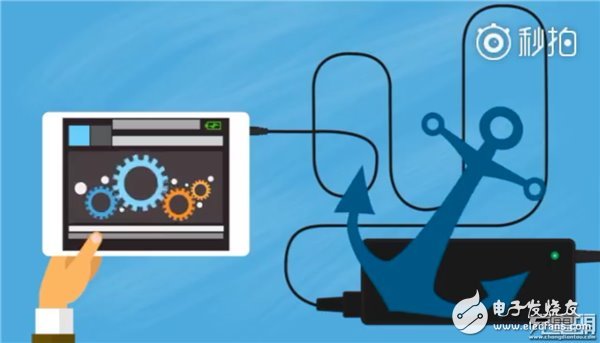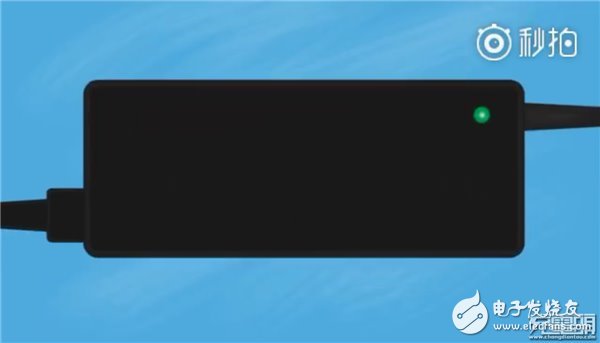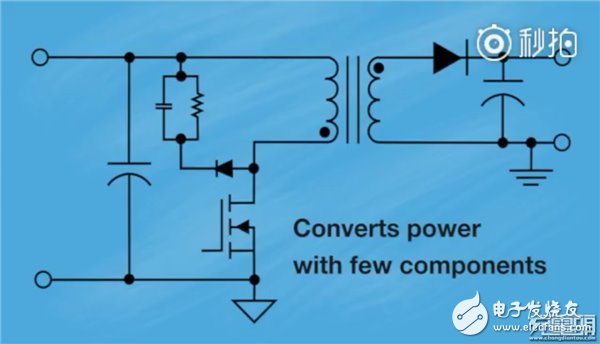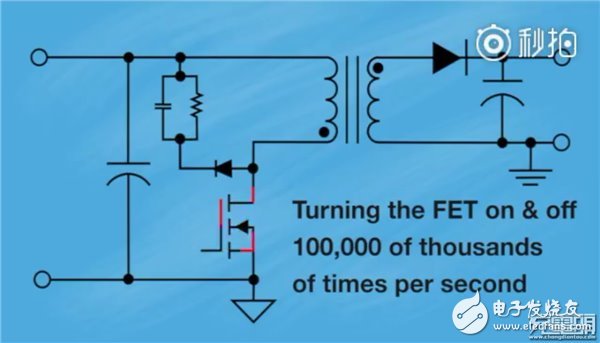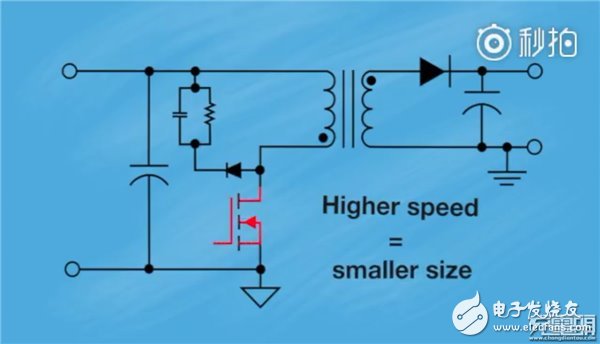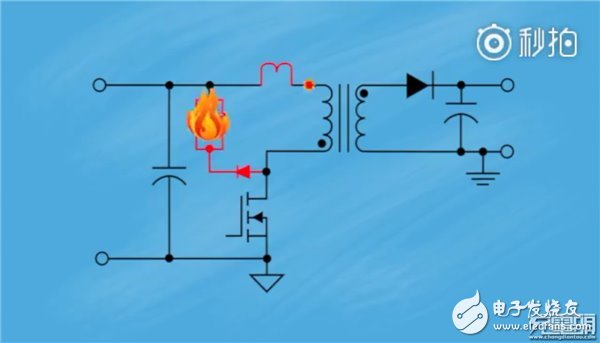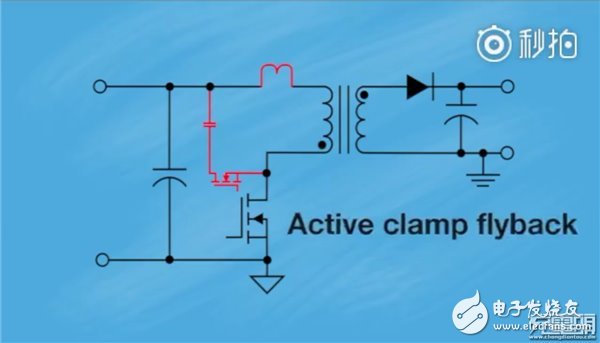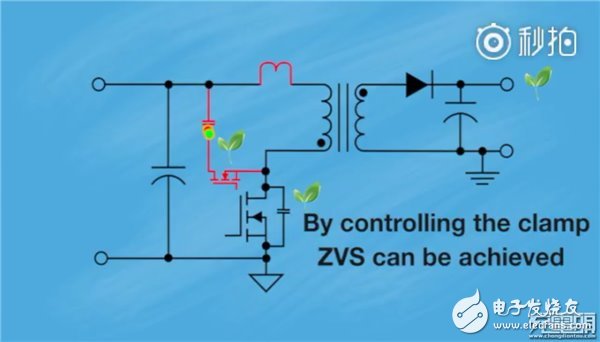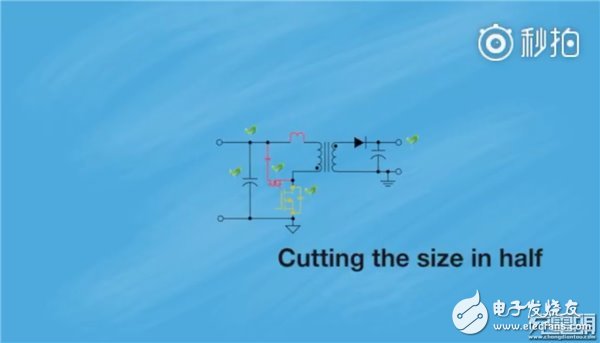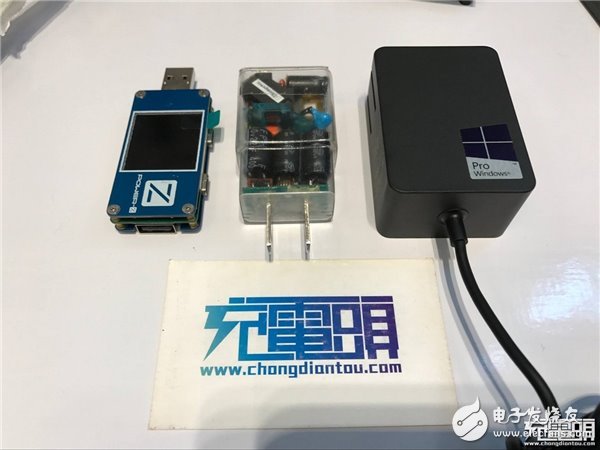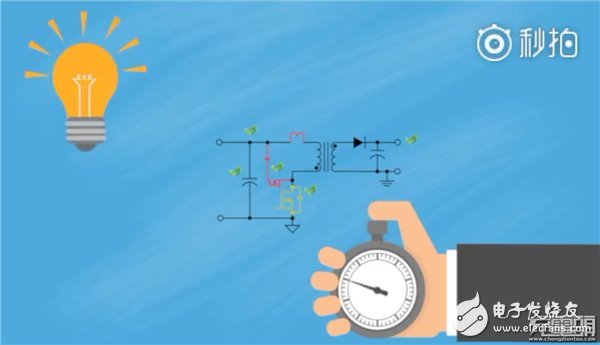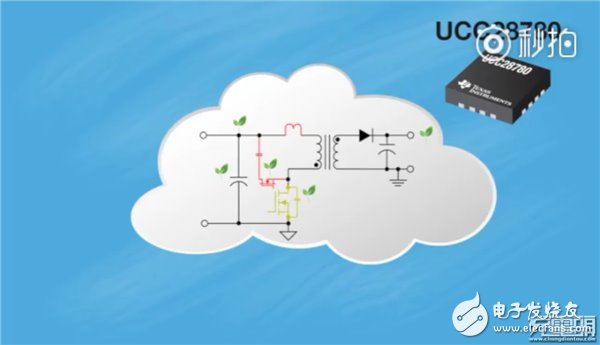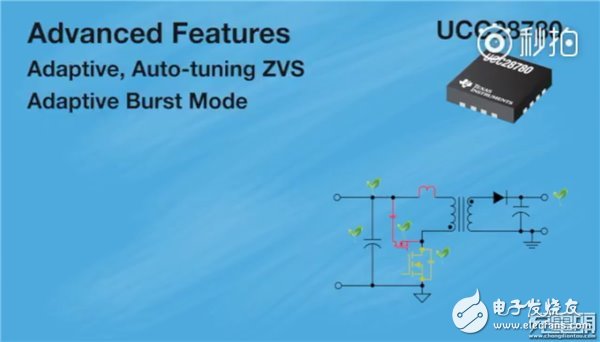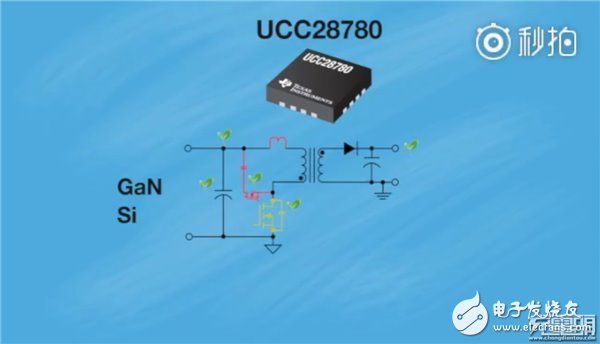We live in an increasingly mobile world, and electronic devices are getting smaller and smaller as technology advances, and we foresee that this trend will continue. We want the screens of electronic devices to get bigger and bigger, and the battery life is getting longer and longer. We are now at a critical point, not from the electronics itself, but from the battery charger: This often overlooked device is very important Because it provides the energy needed to run an electronic device, and the aforementioned long-screen requirements for large screens are causing these chargers to become larger and larger: Unless there are new solutions, these bottlenecks will affect the portability of electronic devices: We need to rethink how the charger works: Most of the chargers currently on the market are based on flyback topology, and flyback is indeed a mainstream topology choice in the low power range because fewer components are required to convert the same power. Like all other switching power supply topologies, the flyback topology works by switching the FET's switching state at a switching frequency of a few hundred kHz. The switching frequency of the FET directly affects the volume of the charger: the higher the switching frequency, the smaller the charger. But the switching frequency has an upper limit. The first problem comes from the leakage inductance of the transformer: When the FET of the primary side is turned off, the energy stored in the parasitic inductance of the transformer is dissipated in the snubber circuit. If the switching frequency is too high, this part of the power loss will increase significantly and cause the power supply to heat up significantly: The active clamp flyback topology can solve this problem. In the active clamp flyback topology, the energy of the leakage inductance of the transformer is not dissipated, but is stored in the clamp capacitor and then transmitted. To the output. The advantages of active clamp flyback topology are not limited to this: By intelligently controlling the active clamp circuit, the FET on the main side can achieve zero voltage turn-on (ZVS), eliminating the main source of switching power supply losses, and the efficiency is further improved. The implementation of ZVS allows us to use higher switches. The frequency thus reduces the size of the charger. If we replace the silicon-based FET with gallium nitride (GAN), the energy required to achieve ZVS will be greatly reduced. So that we can use a higher switching frequency, the size of the charger will be reduced to half The 30W charger (middle) using GaN is much smaller than the traditional 24W charger (right). But reliable control of the active clamp flyback topology is not straightforward. There is no fast and intelligent control chip product on the market to implement this topology. However, the UCC28780 control chip will change this situation. By integrating a variety of advanced features such as adaptive, self-regulating ZVS and pulse mode, the UCC28780 is simplified, making the application of active clamp flyback topology in the charger a reality. The UCC28780 can control both silicon-based and GaN-based main-side FETs. In order to meet stringent efficiency standards such as DoE level VI and CoC TIer 2, there is also a UCC2412 synchronous rectifier controller used in the UCC28780. With this synchronous rectification controller, the secondary side can use more efficient synchronous rectifiers. Replace the diode.
Perfect fit: The Hydrogel Screen Protector is designed with a Soft TPU material, which can be completely covered even on a curved device, providing perfect protection for the full coverage of the screen.
Oleophobic and waterproof: The use of hydrophobic and oleophobic screen coatings can prevent sweat, grease residue and fingerprints without reducing screen sensitivity. It is almost invisible on the screen and brings a high-definition visual experience.
Sensitive touch: ultra-thin and Soft Hydrogel Film with a thickness of only 0.14mm. As time goes by, it will Self-repair minor scratches, provide you with a highly responsive screen protector and maintain the original touch.
Easy to install: The installation of the Protective Film is very simple, without air bubbles. The protective sticker can stay on the phone perfectly, and the bubbles will disappear within 24 hours.
If you want to know more about Hydrogel Screen Protector products, please click the product details to view the parameters, models, pictures, prices and other information about Hydrogel Screen Protective Film.
Whether you are a group or an individual, we will try our best to provide you with accurate and comprehensive information about the Hydrogel Protective Film!
Hydrogel TPU Protective Film,Ultra-Thin Protective Film,Soft Hydrogel Film,Hydrogel Film Screen Protector,Screen Protective Film,Mobile Phone Screen Guards Shenzhen Jianjiantong Technology Co., Ltd. , https://www.tpuprotector.com
